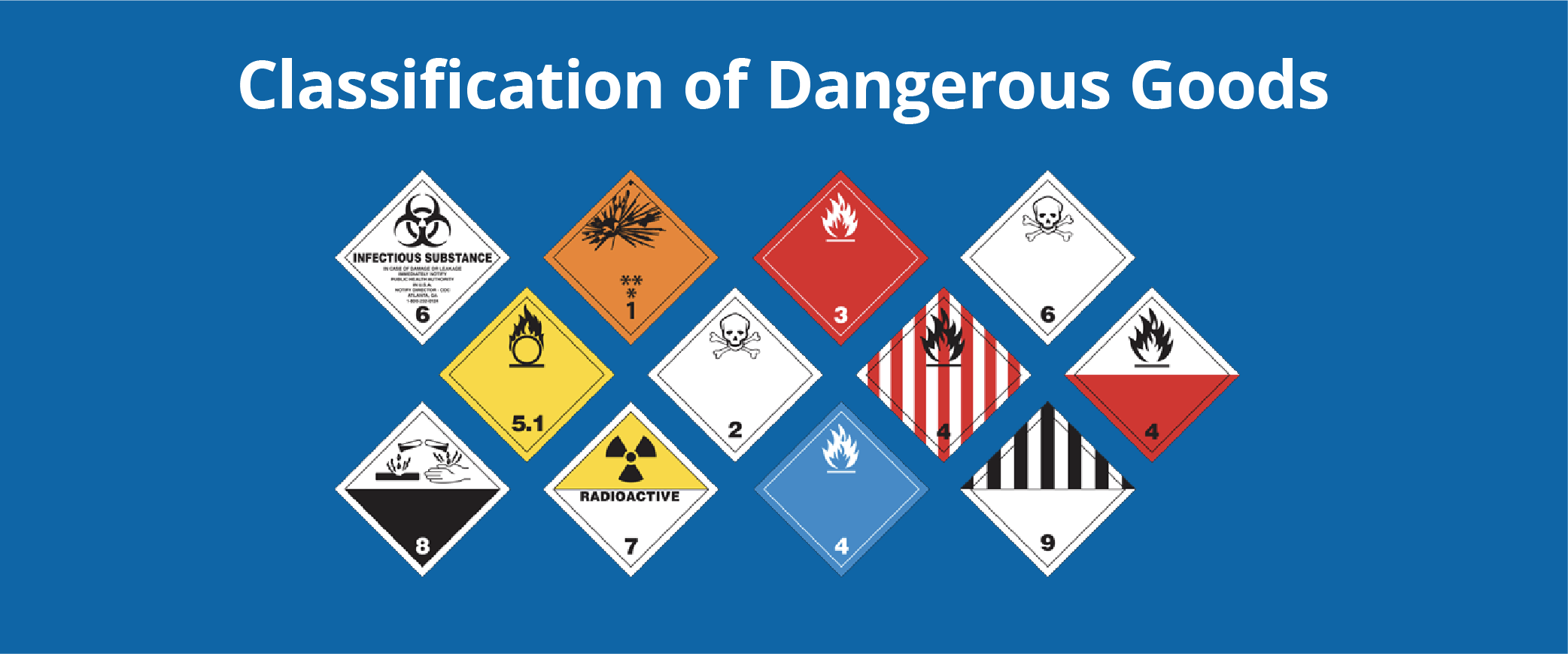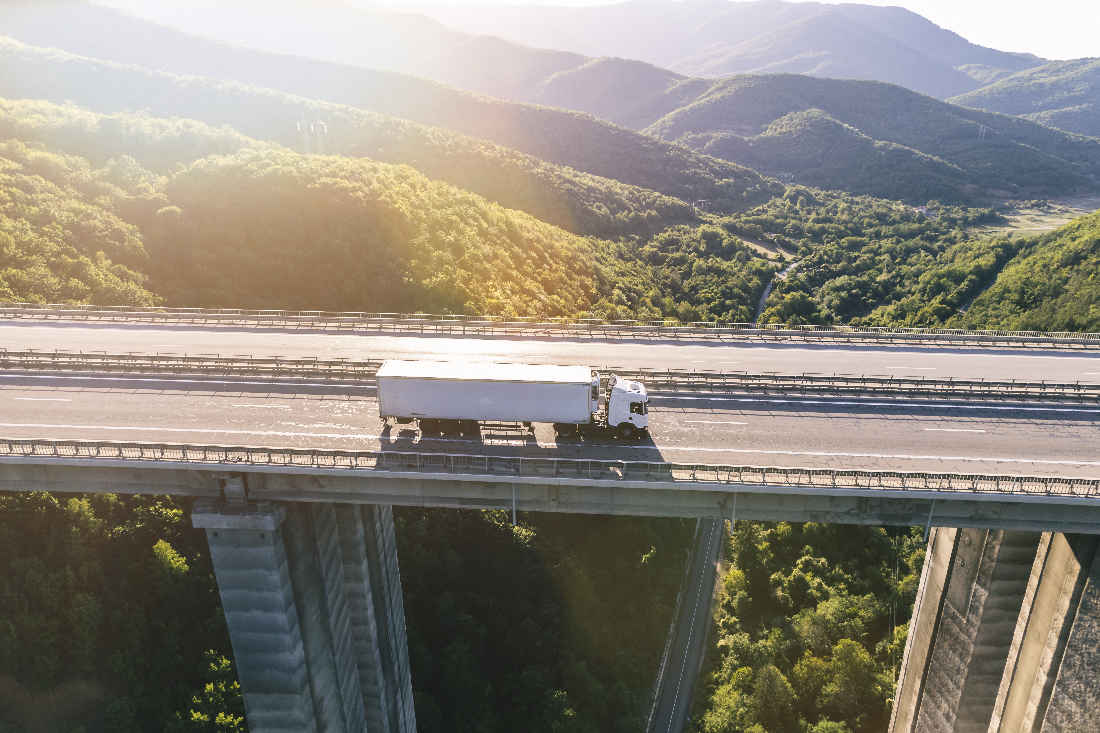When transporting any kind of goods, by land, sea, or air, it is important that appropriate safety measures are taken, proportionate to the danger or hazard that an accident or spillage could cause. The hazard could be to human or animal life, the environment, surrounding infrastructure or to the transport itself.
Because of the global nature of transportation, it is vital that a unified code to classify goods exists, making it easy to distinguish between benign goods, where the dangers are very low, to highly hazardous material where immediate and specific action is required. For this reason, the UN Model Regulations have created a system where goods are classified into nine groups, or classes, some of which are subdivided. These rules affect both how to package and ship goods. These strict rules may not apply if you are only transporting limited quantities.
A common set of symbols is used across the world to quickly communicate the nature of the goods being carried.

The nine classes of hazardous or dangerous goods
The nine classes of dangerous materials are:
- Explosive substances and articles.
- Gases, subdivided into flammable, non-flammable and toxic.
- Flammable liquids (for example lighter fluid, petrol.)
- Flammable solids, including self-reactive substances, and solid desensitised explosives, substances liable to spontaneous combustion and substances which, in contact with water, emit flammable gases.
- Oxidising substances, and organic peroxides
- Toxic substances and infectious substances
- Radioactive materials.
- Corrosive substances.
- Miscellaneous dangerous substances and articles.
The sender or consignor is responsible for classifying, packaging, and marking any dangerous goods to be transported. They are also required to produce a Safety Data Sheet, which details the chemical properties of the goods being transported. There are significant fines for inappropriate labelling, packaging, or transportation of hazardous goods. If you are in any doubt, just ask us, and we’ll be happy to help.
Packaging for dangerous goods
Each of the classes above has a set of regulations that define how the goods need to be packaged and transported. In the UK, The Vehicle Certification Agency (VCA) is the certification authority for dangerous goods packaging. When packaging hazardous goods you need to make sure that the packaging supplier sends you a copy of the certificate of compliance, an information datasheet on how to use the packaging properly, plus any test reports for the selected packaging.
A good logistics partner will also be able to advise on the requirements and provide the necessary packaging and documentation.
Transport of dangerous goods
As well as labelling and packaging, there are strict regulations as to how hazardous goods should be transported. Some dangerous goods, for example explosives, are not usually shipped by air as the risks are deemed to be too great. Carrying goods by road or rail necessarily involves the risk of traffic accidents, leading to spillage and hazards including fire, explosion, chemical burn, or environmental damage. Strict regulations are therefore in place that govern each of the classes of dangerous goods. These often involve the use of specialist containers or procedures. For this reason, many businesses choose to use specialist logistic companies to manage the shipment of these classified items.
How can we help?
Here at AGI we have a huge amount of experience when it comes to the shipment of hazardous or dangerous goods. Working with companies, we can advise on the relevant regulations and ensure the correct labelling, packaging and means of transport are employed. We can also help ensure that all the correct paperwork and certifications are in place, to minimise custom clearance times.
If you would like to find out more, please get in touch. We would love to hear from you.
